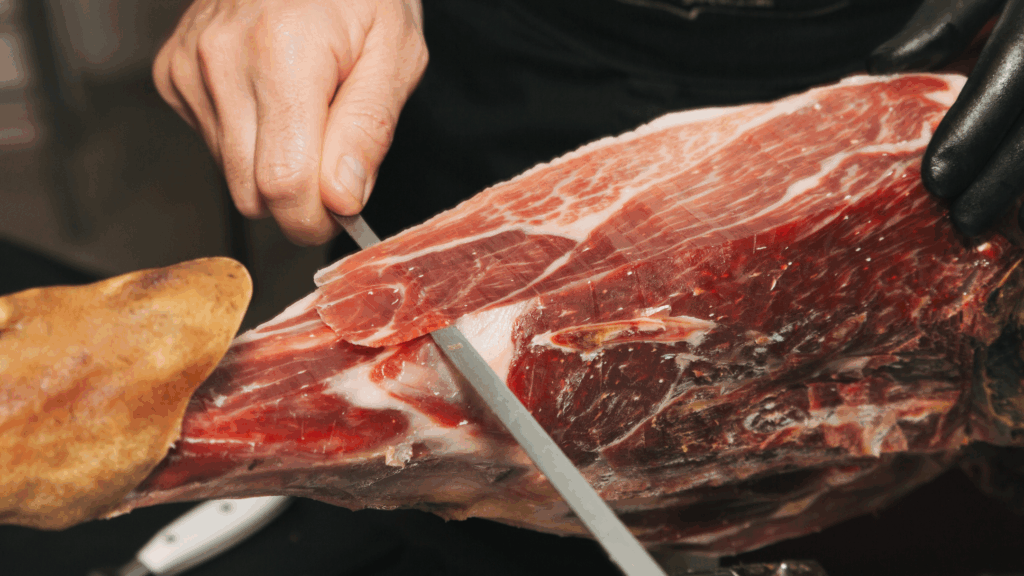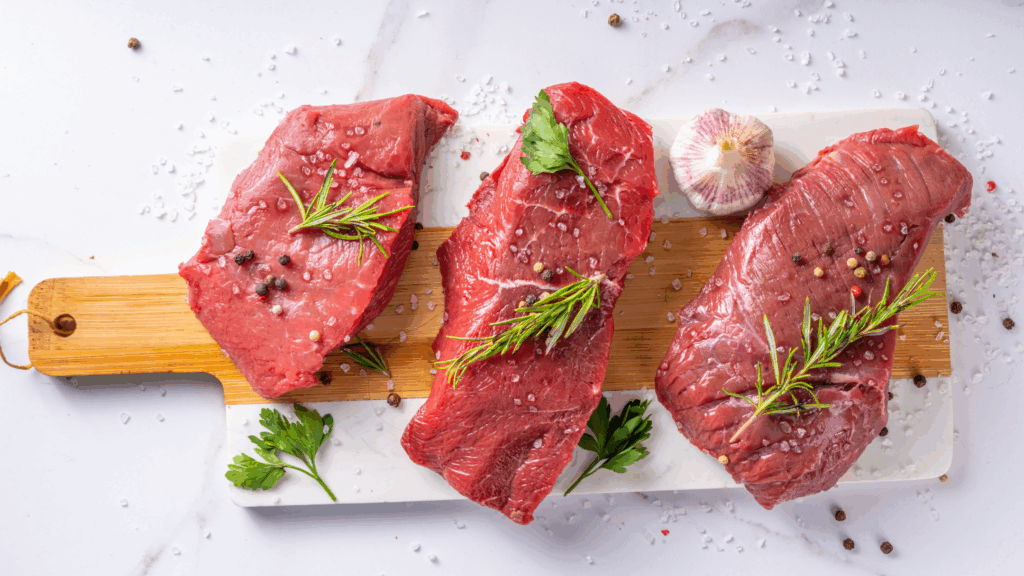Introduction – Why Age Meat at All?
Aged meat is considered one of the secrets of haute cuisine. During the aging
process, the cut undergoes a natural transformation: the fibers soften, the
flavor deepens, and the meat develops a unique complexity that fresh meat
simply does not have. For restaurants and butcher shops, aged meat has
become a symbol of quality and a high culinary standard.
⸻
The Two Main Methods of Aging Meat
1. Dry Aging:
• Performed in dedicated cooling rooms with strict control of temperature
(0–2°C / 32–36°F), humidity (75%–85%), and air circulation.
• Over time (typically 21–60 days, sometimes even longer), the meat loses
moisture, fat oxidizes, and enzymes break down connective tissue.
• Result: A nutty, deep flavor and an exceptionally tender texture.
• Downside: Weight loss of 10%–20%, requires costly equipment and
professional expertise.
2. Wet Aging:
• Performed in vacuum-sealed packaging, with the meat kept completely
airtight.
• Stored at 0–4°C (32–39°F) for 7–28 days.
• Result: Tender, juicy meat, though with less complex flavors compared to dry
aging.
• Advantage: No significant weight loss, lower costs, and more accessible for
a broader market.
⸻
The Benefits of Aging Meat
• Texture: Enzyme activity softens the fibers and enhances tenderness.
• Flavor: Unique depth and richness of taste.
• Marketing Value: Aged meat is considered premium and justifies higher
menu prices.
⸻
Global-K and Access to Aged Meat
In the past, aged meat was available mainly in fine-dining restaurants or
boutique butcheries. Today, thanks to advanced distribution networks –
including Global-K – it is possible to deliver carefully aged meat to
restaurants, wholesalers, and retail chains.
This means that even businesses outside major cities can now offer their
customers this premium product, providing a high-level dining experience and
competing with leading players in the market.
⸻
Conclusion – From Tradition to Modern Art
Meat aging is not just a technique – it is a culinary art that combines
knowledge, patience, and technology.
In a world where diners are constantly searching for new and premium
experiences, adding aged meat to the menu or retail shelf is not just a matter
of taste – it is also a smart business strategy.







